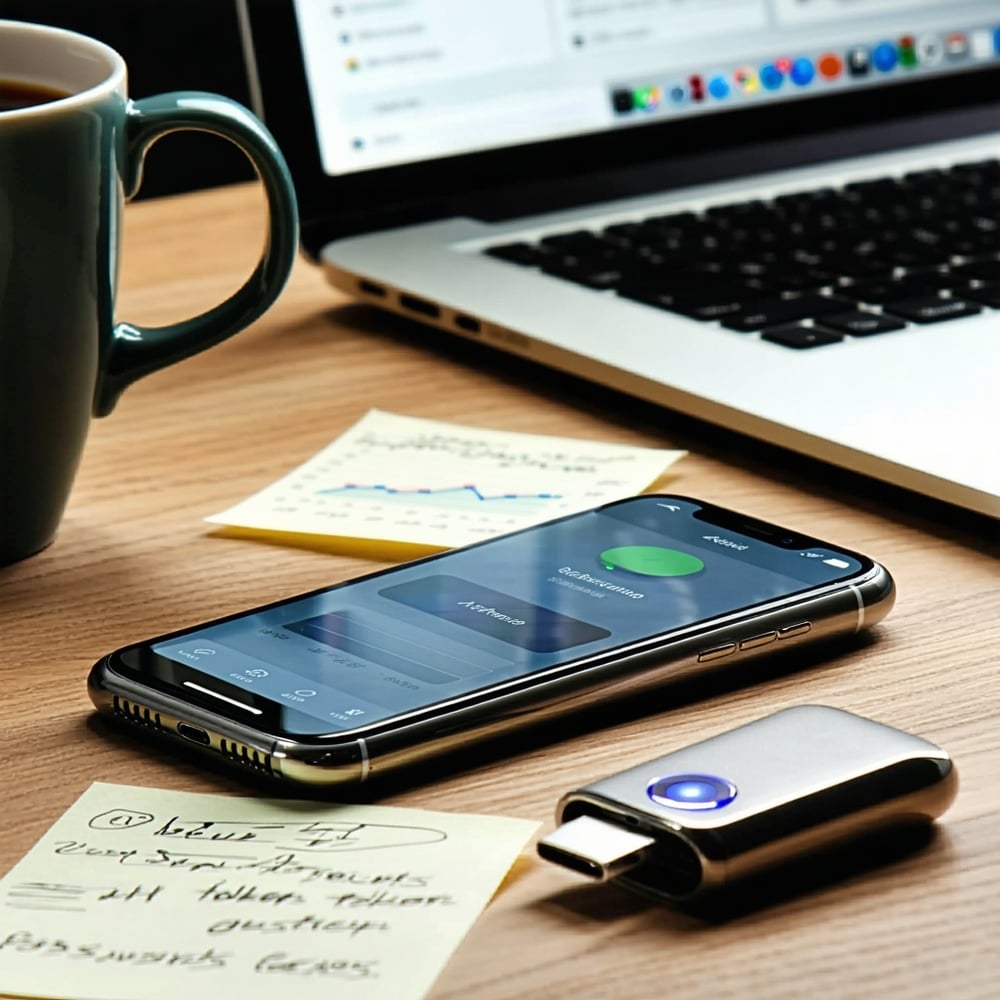MULTI-FACTOR AUTHENTICATION: ELEVATING DIGITAL SECURITY
Tech Tips Cybersecurity Microsoft IT Services Business Continuity Jul 16, 2025 9:56:16 AM Muhammad 2 min read

In a world where cyber threats continue to evolve, simply relying on passwords is no longer sufficient to keep our digital identities safe. Enter Multi-Factor Authentication (MFA) — a security practice that requires users to present two or more forms of verification before granting access. MFA isn't just a trend; it's a powerful shield in the fight against unauthorized access.
What is Multi-Factor Authentication?
Multi-Factor Authentication leverages multiple, independent credentials from different categories of authentication to verify a user’s identity. These categories fall into three main groups:
| Factor Type | Description | Examples |
|---|---|---|
| Something You Know | A piece of information only the user knows | Password, PIN, security questions |
| Something You Have | A physical item the user possesses | Smartphone, hardware token, smartcard |
| Something You Are | Biometrics based on user characteristics | Fingerprint, facial recognition |
By combining these, MFA drastically reduces the risk of compromised accounts—even if a password is stolen.
Common Types of MFA
Here are several popular approaches to implementing MFA:
- SMS or Email Code: A one-time code sent to a trusted phone number or email.
- Hardware Token: A physical device (like a key fob or USB stick) that generates time-based codes.
- Biometric Authentication: Uses fingerprint scanners, facial recognition, or retina scans.
- Push Notification: Sends a prompt to your phone for approval.
- Authenticator Apps: Apps like Microsoft Authenticator or Google Authenticator generate time-based one-time passwords (TOTP) that refresh every 30 seconds.
Why Use a Second Device and Authenticator App?
While receiving codes via SMS or email is better than nothing, it can be vulnerable to interception or SIM-swapping attacks. Authenticator apps and physical devices offer a stronger, more secure alternative:
Key Benefits:
- Greater Security: Codes are generated locally and refreshed frequently, minimizing exposure.
- Offline Access: Authenticator apps don’t rely on mobile networks or internet—perfect for travel or areas with poor connectivity.
- Phishing Protection: MFA prevents attackers from accessing your account even if they obtain your password.
- Convenience: Push notifications offer a frictionless experience while maintaining strong security.
Multi-Factor Authentication is an essential part of personal and enterprise-level digital hygiene. By incorporating layers of authentication—particularly with a second trusted device and a robust authenticator app—you create a virtual fortress that significantly enhances protection without sacrificing usability.
Join us tomorrow at Cyber Brews in-person event at Ganaraska Brewery, we will share some real-life cyber take-downs and chat about AI in your industry. Enjoy some after work drinks and snack with us, RSVP by calling 416-900-6047 ext 322.
